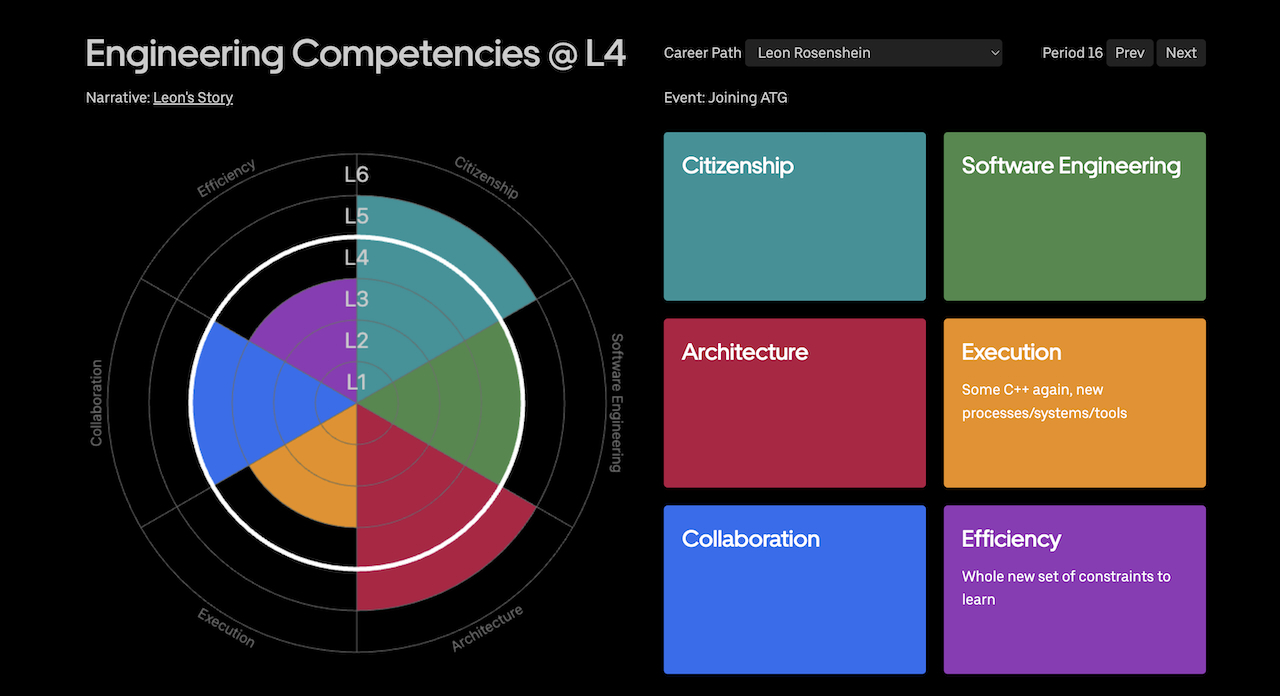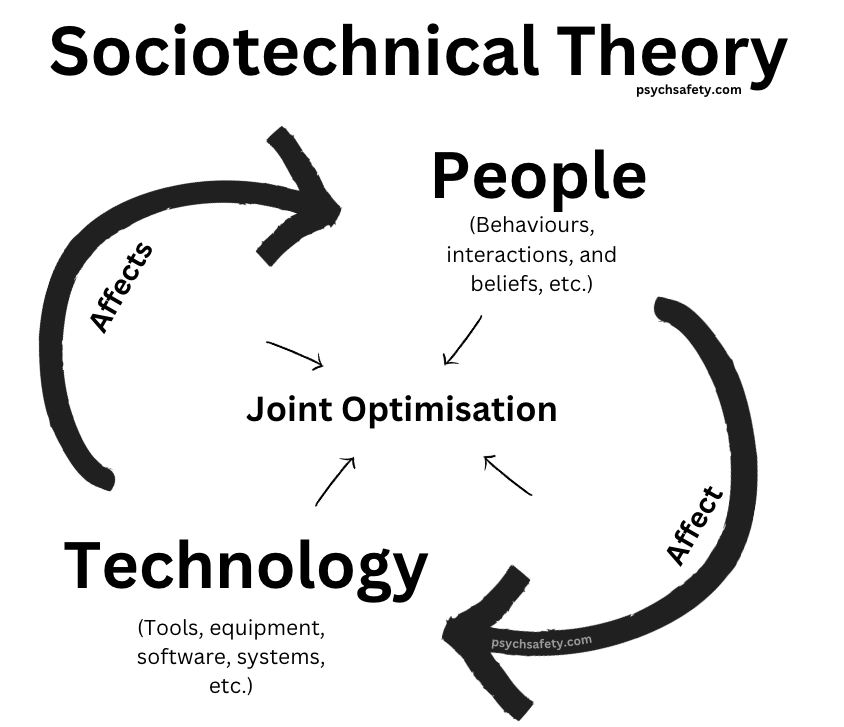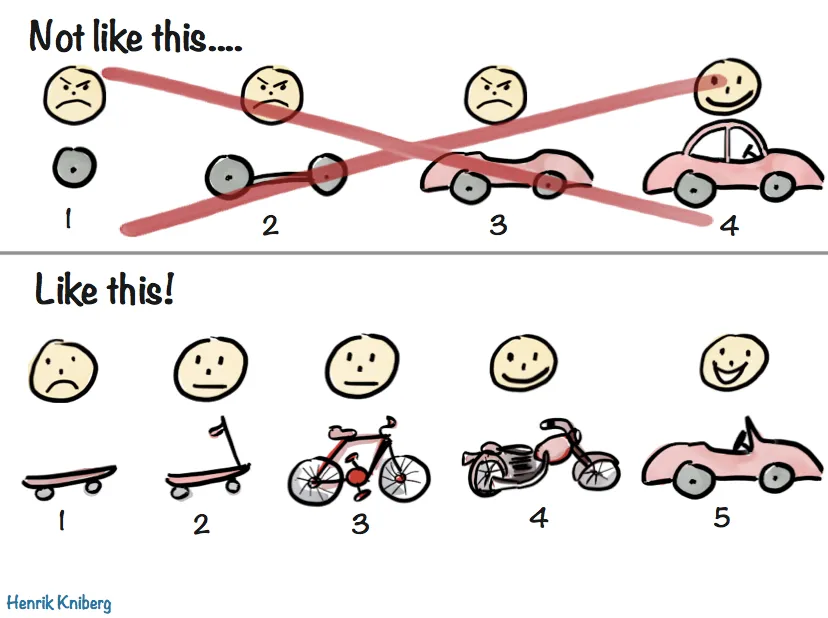Dijkstra On Bugs
Unsurprisingly, there are hundreds of quotes about computers and programming by Edsger Dijkstra, and almost all of them are worthy of a post (or two). His work is foundational to much of what we do as software engineers. He was also a prolific, excellent, and memorable communicator. After all, he was the one who came up with Goto Considered Harmful and that one is certainly well known, almost dogma.

Edgser W. Dijkstra
Attr: Hamilton Richards
But today I’m going to talk about one of his lesser known statements. A statement about how we view program correctness and debugging.
Let me start with a well-established fact: by and large the programming community displays a very ambivalent attitude towards the problem of program correctness. A major part of the average programmer’s activity is devoted to debugging, and from this observation we may conclude that the correctness of his programs —or should we say: their patent incorrectness?— is for him a matter of considerable concern. I claim that a programmer has only done a decent job when his program is flawless and not when his program is functioning properly only most of the time. But I have had plenty of opportunity to observe that this suggestion is repulsive to many professional programmers: they object to it violently! Apparently, many programmers derive the major part of their intellectual satisfaction and professional excitement from not quite understanding what they are doing. In this streamlined age, one of our most under-nourished psychological needs is the craving for Black Magic, and apparently the automatic computer can satisfy this need for the professional software engineers, who are secretly enthralled by the gigantic risks they take in their daring irresponsibility. They revel in the puzzles posed by the task of debugging. They defend —by appealing to all sorts of supposed Laws of Nature— the right of existence of their program bugs, because they are so attached to them: without the bugs, they feel, programming would no longer be what is used to be! (In the latter feeling I think —if I may say so— that they are quite correct.)
July 1970
prof.dr.Edsger W.Dijkstra
Department of Mathematics
Technological University
EINDHOVEN, the Netherlands
EWD288
That’s not quite as pithy as Simplicity is prerequisite for reliability, and there’s a lot to unpack there. Go read it again.
To me, the first and most important thing he’s saying is that, as a profession, we not just accept, but defend the existence of bugs. That’s a pretty damning accusation. That the profession of software engineering feels that all programs should have bugs.
Second is that debugging is the fun part. That we need the opportunity to debug. That without that part it’s boring.
Third, that we somehow need the Black Magic of the computer to fill some psychological need.
That’s not how I see it, but it does give you something to think about. Take the first part. That we defend the existence of bugs. There’s some truth to that. For all but the most trivial of programs running in a constrained domain, I would assert that it’s impossible to ensure that future changes to not cause improper operation. Or at least impossible in practice. But that doesn’t mean we should ignore the possibility of bugs, or that we shouldn’t be as defensive as we can be. And we should maintain Zero Bugs. Prevent what you can, then fix what is exposed as fast as possible.
Personally, I don’t find debugging being fun. I think that conflates the feeling of accomplishment we get from finding/fixing an issue with enjoyment. There have been many occasions where I’ve been proud of myself for doing the work, and I’ve definitely felt the easy and fulfillment of getting into a flow state while tracking down an issue, I wouldn’t call it fun. And I don’t know many people who would.
As to needing the Black Magic of computers, that’s not something I experience, but it might be true for others. As a description of how people approach things, maybe? Regardless, I don’t think it’s a good reason to accept issues.
Having said that about the individual points, his meta-point that we don’t do enough to ensure that issues don’t end up in the hands of our users/customers, is valid. I think we can, should, and must, do better. In this age of fast and easy updates, I think we, as a profession, have somewhat forgotten the value of shipping good software in favor of shipping flashy software. And that reflects badly on us.
As software engineers, our goal should be to solve our user’s problems by balancing their needs and the system’s capabilities. Most of the time that’s by using more software. But sometimes it’s by using less software. And in both cases, it’s by delivering software that does the right thing. All of the time, not just most of the time.
That’s how we can honor our responsibilities as software engineers and respond to Dijkstra’s message.




